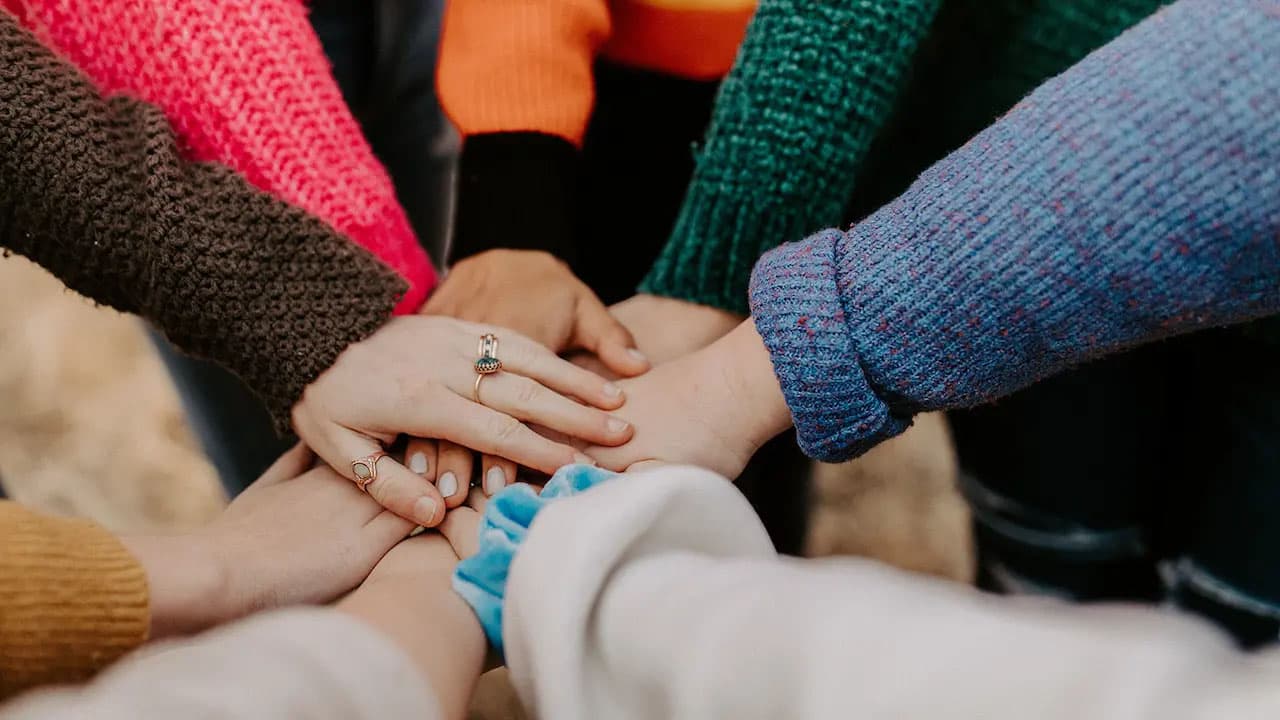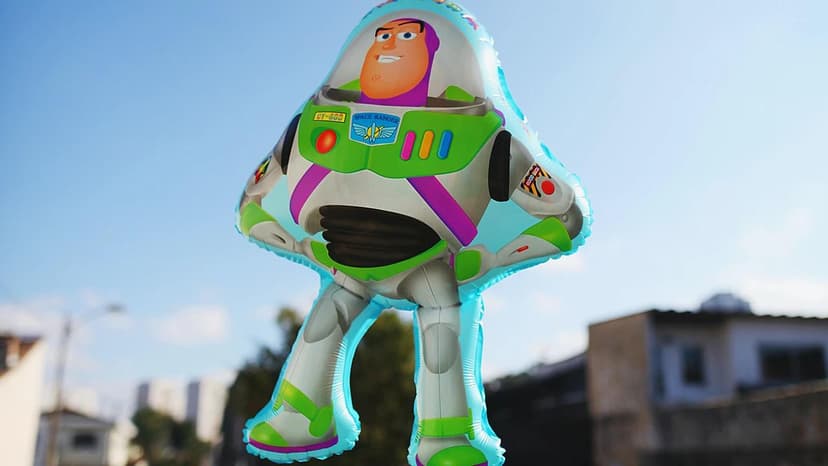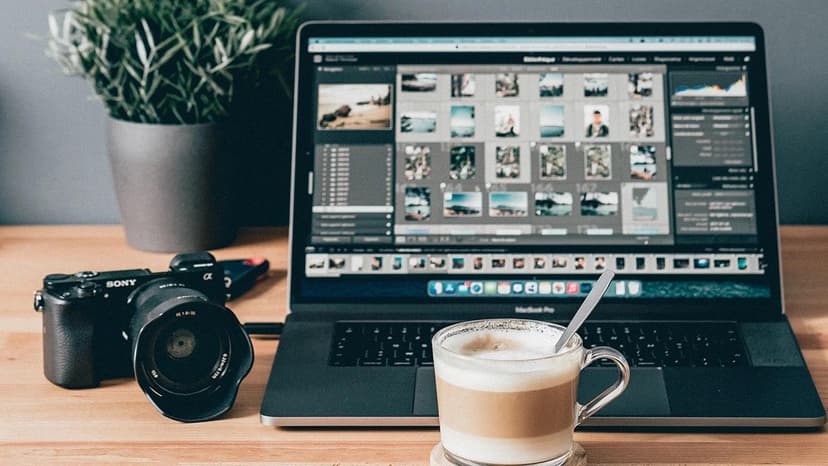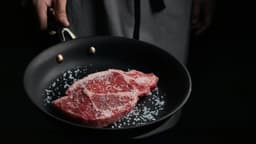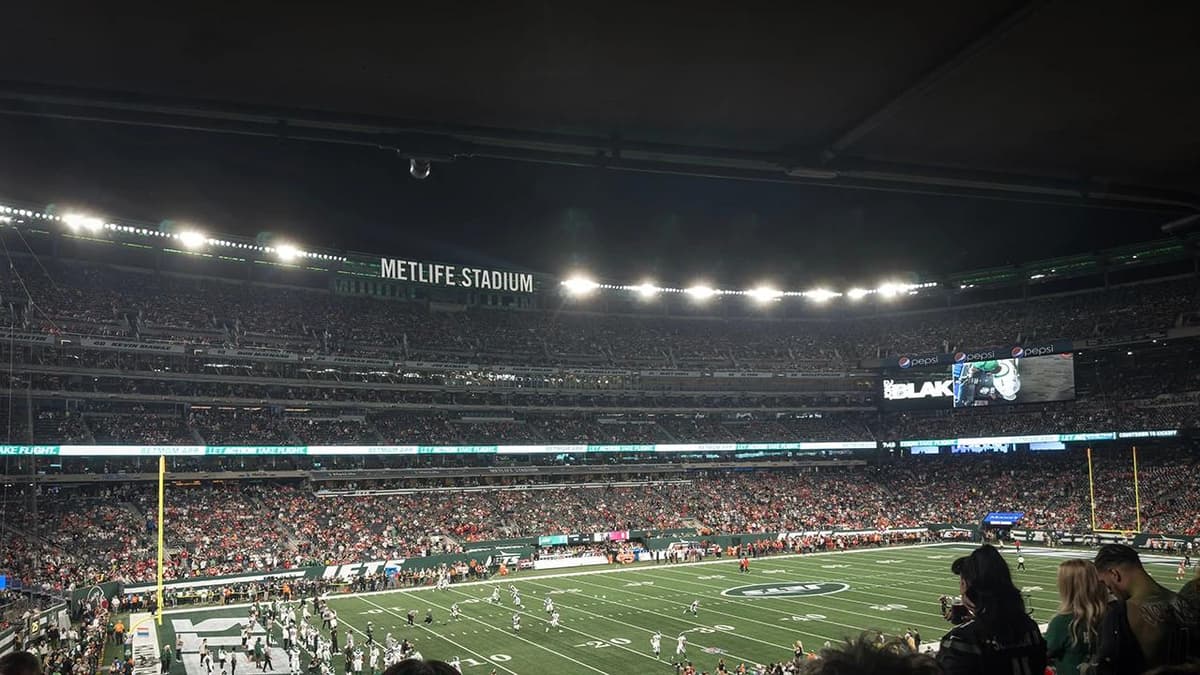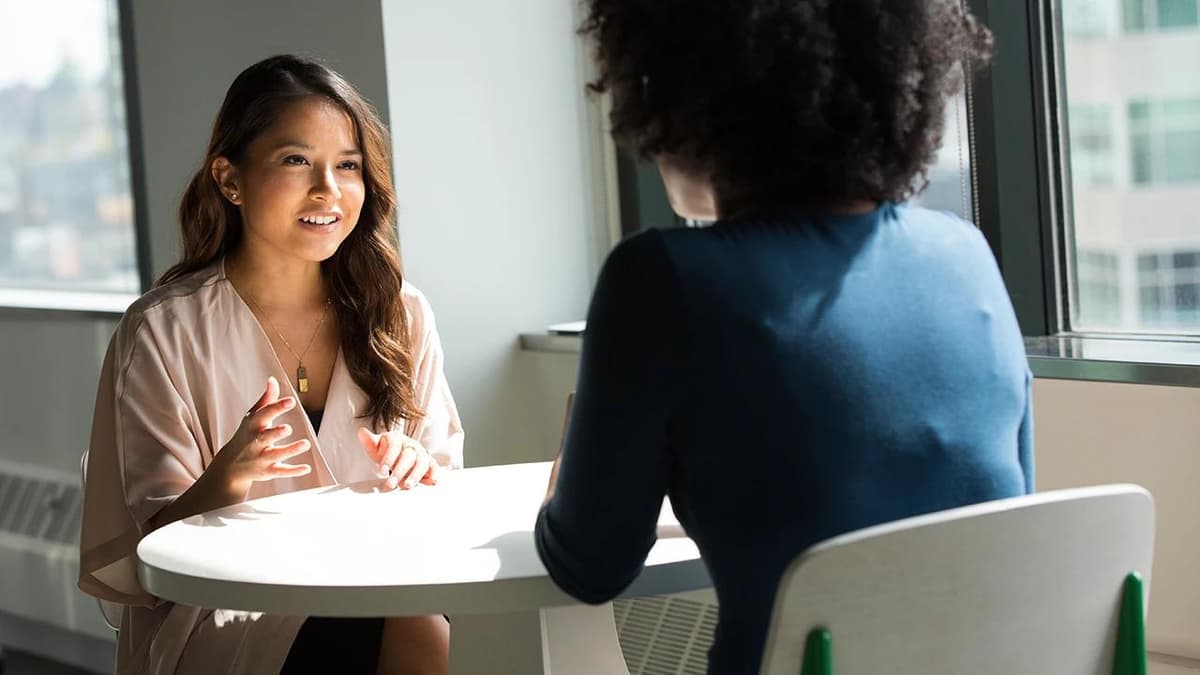Why AI Can Draw a Picture
AI has evolved, significantly influencing various fields, including art. AI is now capable of creating impressive and creative images once thought exclusive to human artists. This article explores the reasons behind AI's ability to draw pictures.
The Rise of AI Art
AI art has captured attention, with many exploring its creative potential. Notably, image-generating AI models like DALL-E 2 can produce pictures based on any theme, showcasing AI's capacity for generating visually appealing artwork.
Machine Learning and Creativity
Machine learning powers AI's ability to create images. These algorithms allow computers to learn from vast datasets and generate new outputs. AI art models have been trained on extensive image datasets, enabling them to understand and replicate various artistic styles.
Models like DALL-E 2 utilize a text-to-image generation approach. A machine learning model translates textual descriptions into coherent images. By processing large image databases and analyzing word-visual element relationships, AI can produce images that match provided text. Deep neural networks facilitate this process, allowing AI to create convincing images.
The Intersection of Art and Technology
AI art represents a unique blend of art and technology. While traditional art relies on human creativity, AI challenges this concept through algorithm-driven creation. This fusion prompts questions about creativity and AI's role in art.
AI-generated art democratizes artistic creation. Individuals with limited artistic skills can use AI tools to produce impressive images by inputting descriptions or instructions. This accessibility broadens creative possibilities, enabling more people to engage with art.
Historical Perspectives on AI Art
AI art's origins trace back decades. In the 1960s, computers emerged, prompting artists to explore their artistic potential. Harold Cohen's "AARON," developed in the 1970s, marked an early exploration of AI in art. Although distinct from contemporary AI drawing, AARON laid the groundwork for algorithm-based artistic creation.
The Impact of AI Art on Society
AI art has ignited discussions about its societal impact. Critics argue it diminishes human artists' roles and undermines human creativity. In contrast, supporters view it as a transformative force that expands artistic expression and fosters human-machine collaboration.
AI art is reshaping the art market. Some AI-generated artworks have sold for substantial prices at auctions, reflecting a growing acceptance and interest in this art form. The ability of AI to create unique images captivates collectors and art enthusiasts, emphasizing AI's relevance in the art world.
Exploring the Boundaries of Creativity
AI's ability to create images raises questions about creativity. Can machines be creative? Does AI art hold the same emotional weight as human-created art? These inquiries continue to spark debate regarding AI's role in creative pursuits.
While AI excels at generating visual art, it is essential to recognize that AI is a tool shaped by human input. It reflects the data it learns from and the algorithms it employs. Although AI can mimic artistic styles, it lacks the experiences and emotions that often influence human art. Therefore, AI-generated art should complement, not replace, human creativity.
AI's capability to draw pictures highlights significant advancements in artificial intelligence. Through machine learning and extensive training, AI can create visually stunning images. While AI art challenges traditional views on creativity and artistry, it also introduces new avenues for expression and collaboration. The ongoing evolution of AI promises continuous exploration of creativity's boundaries and the melding of art and technology.
